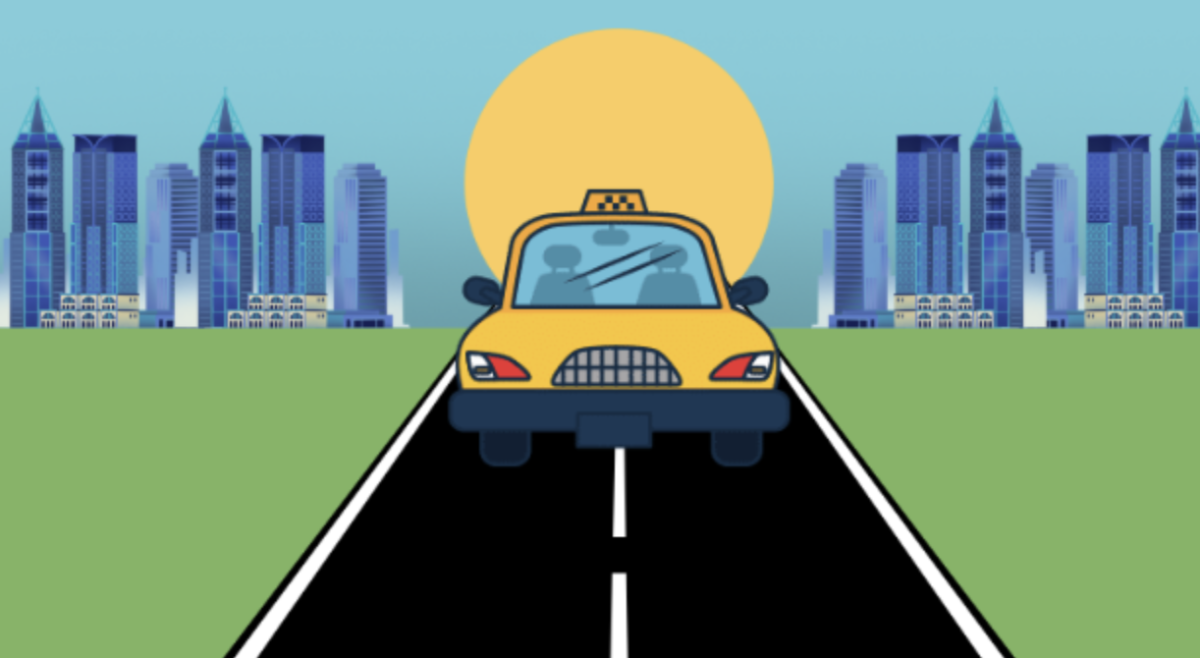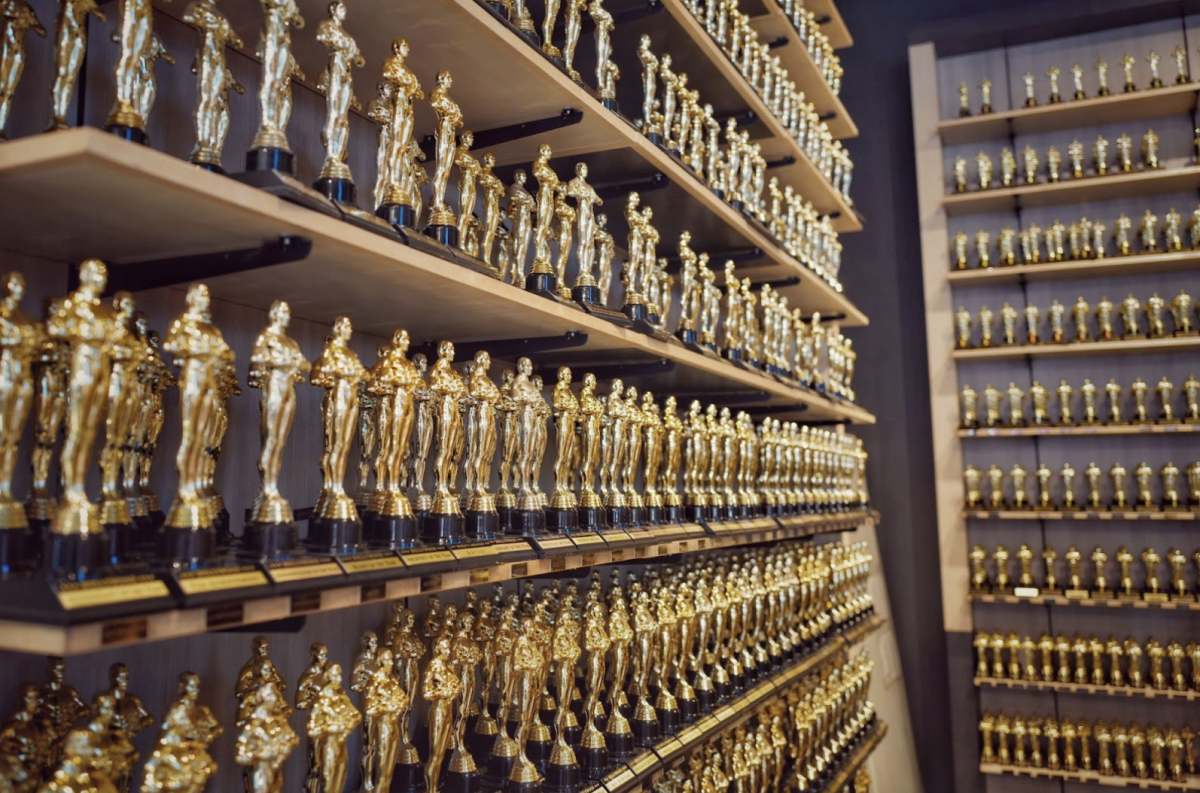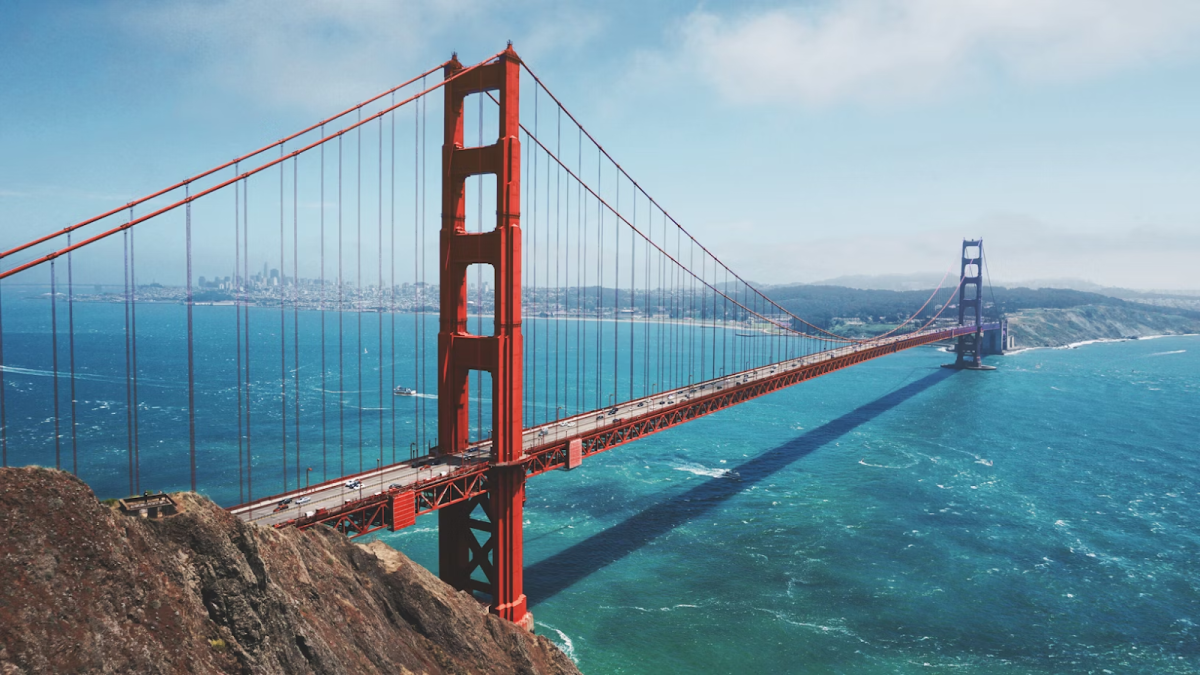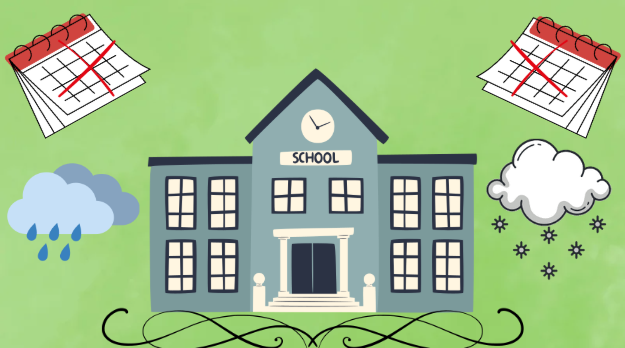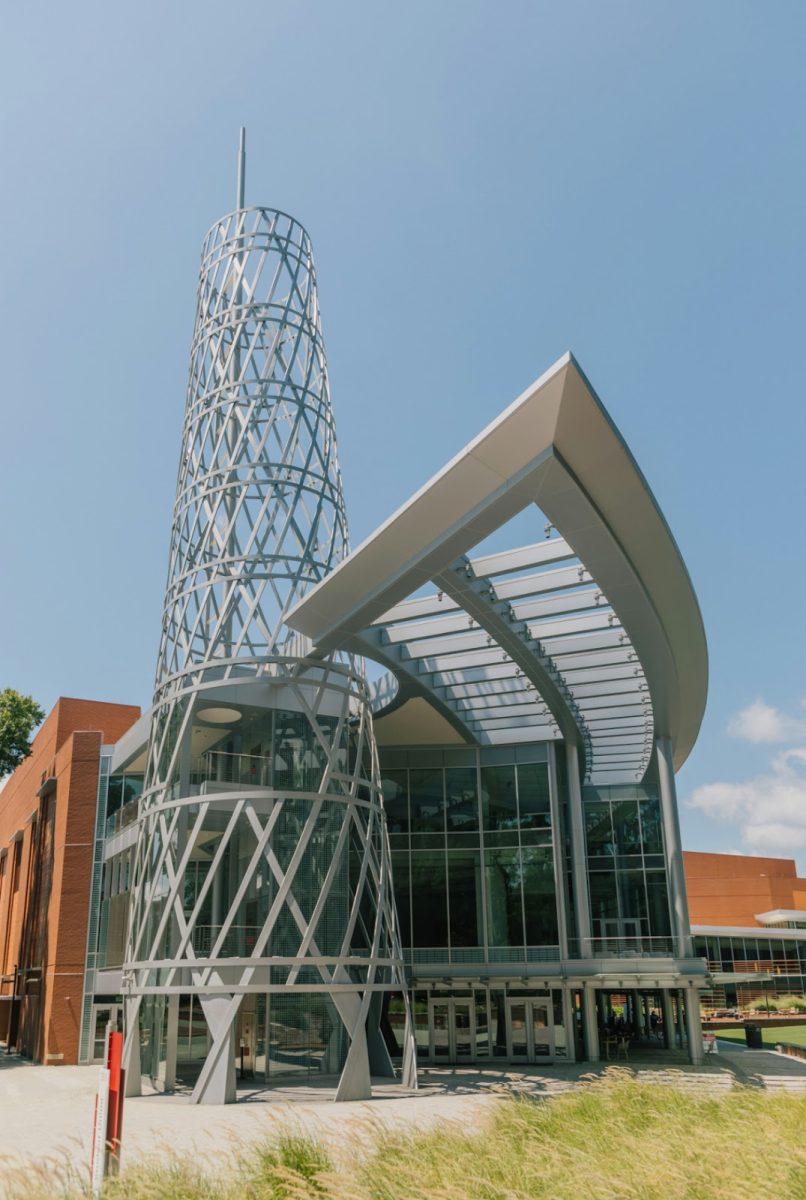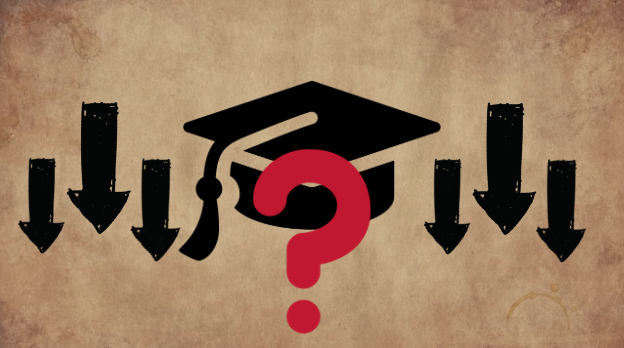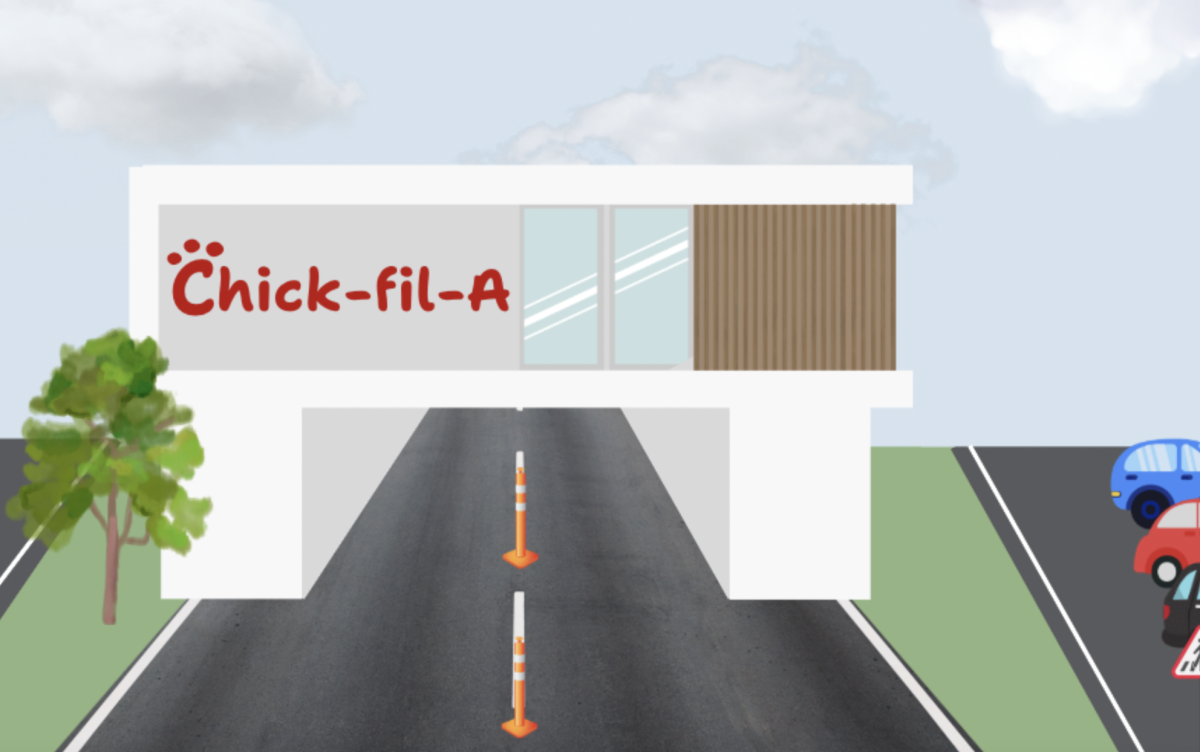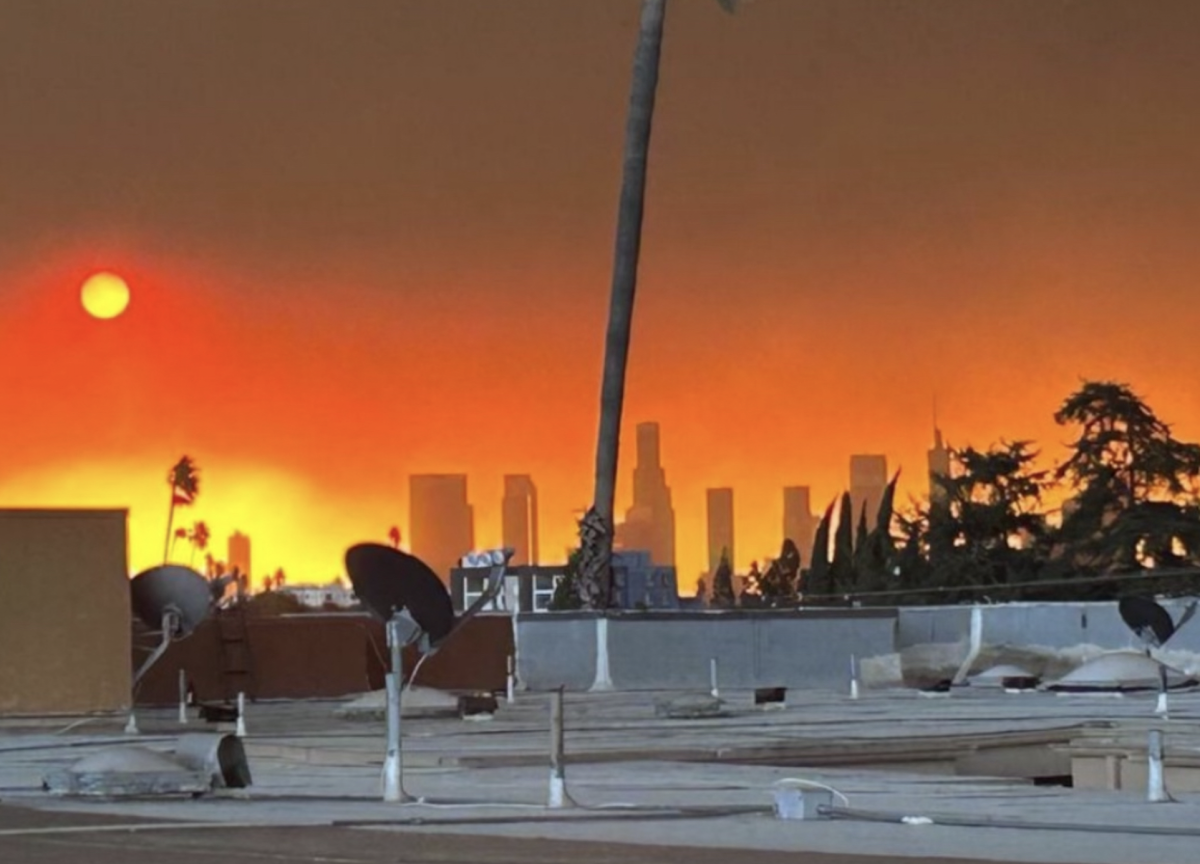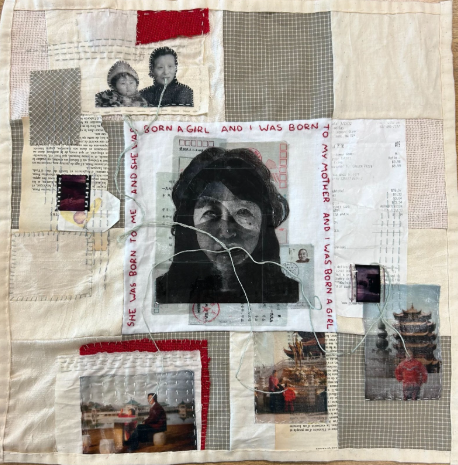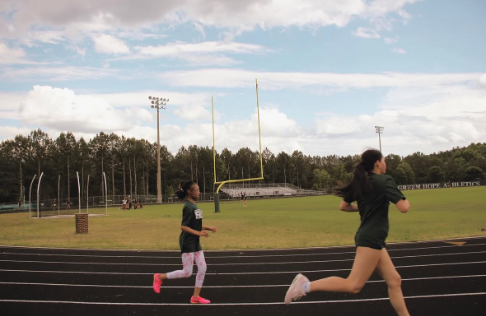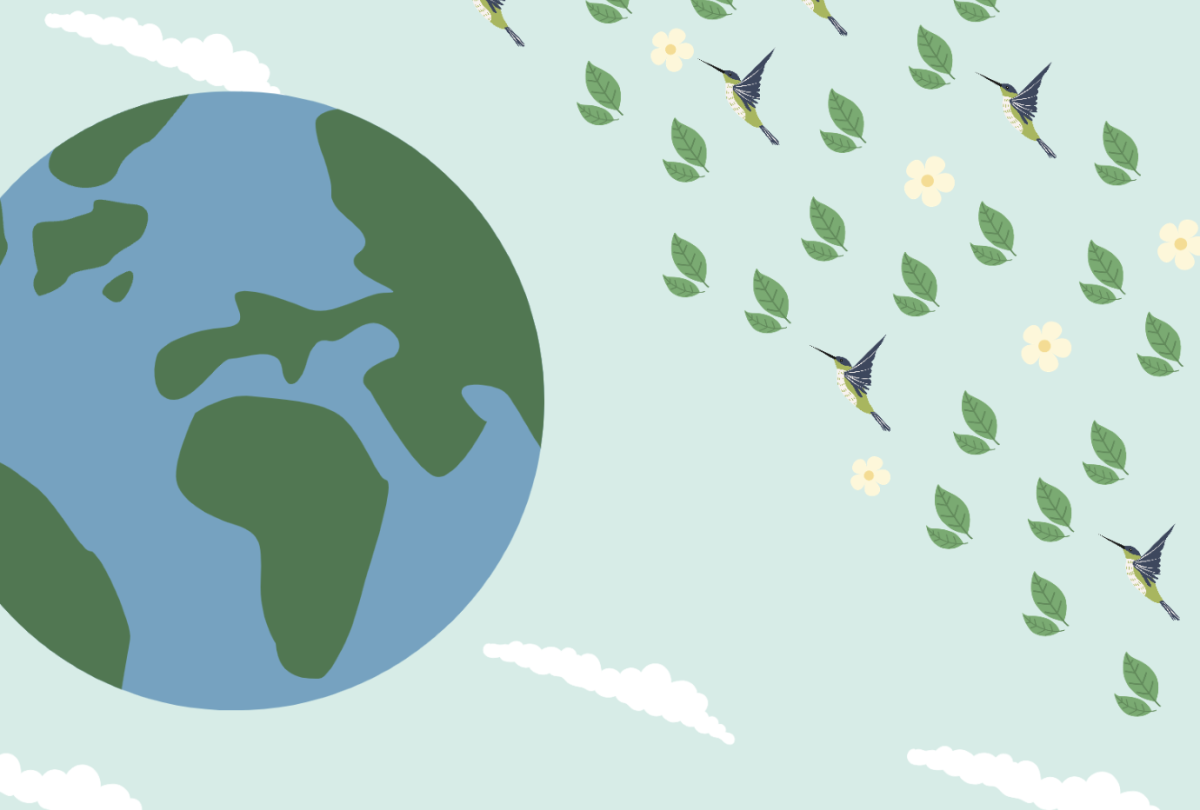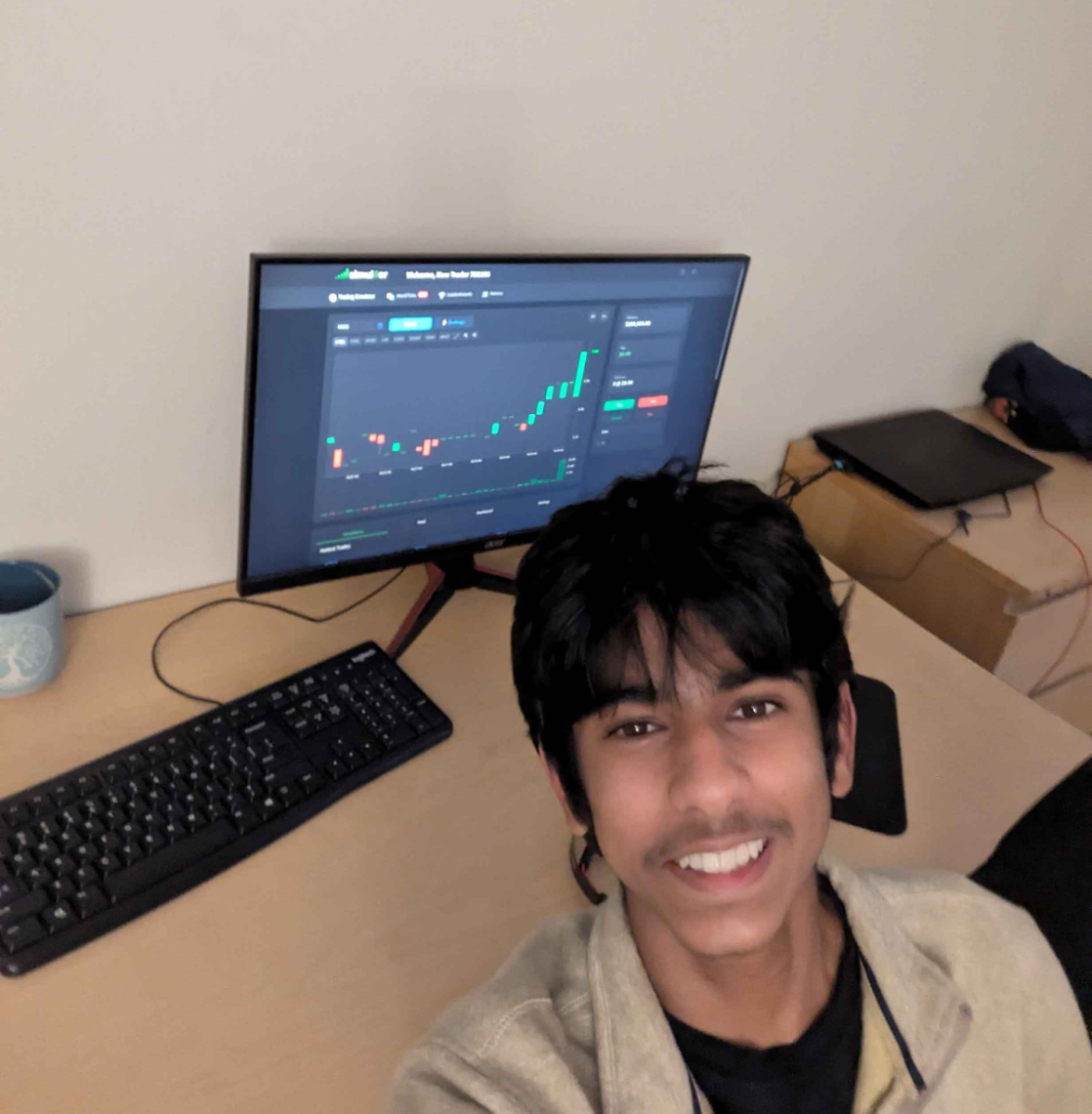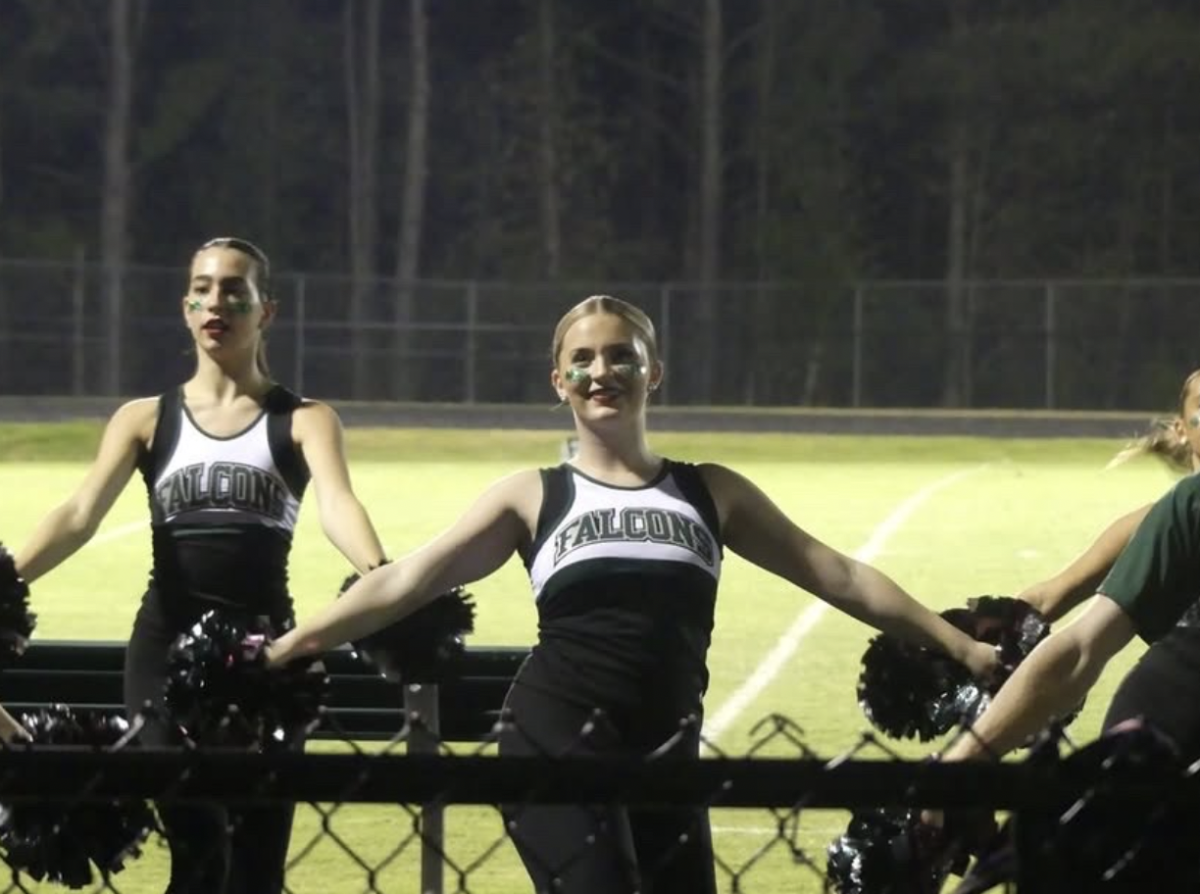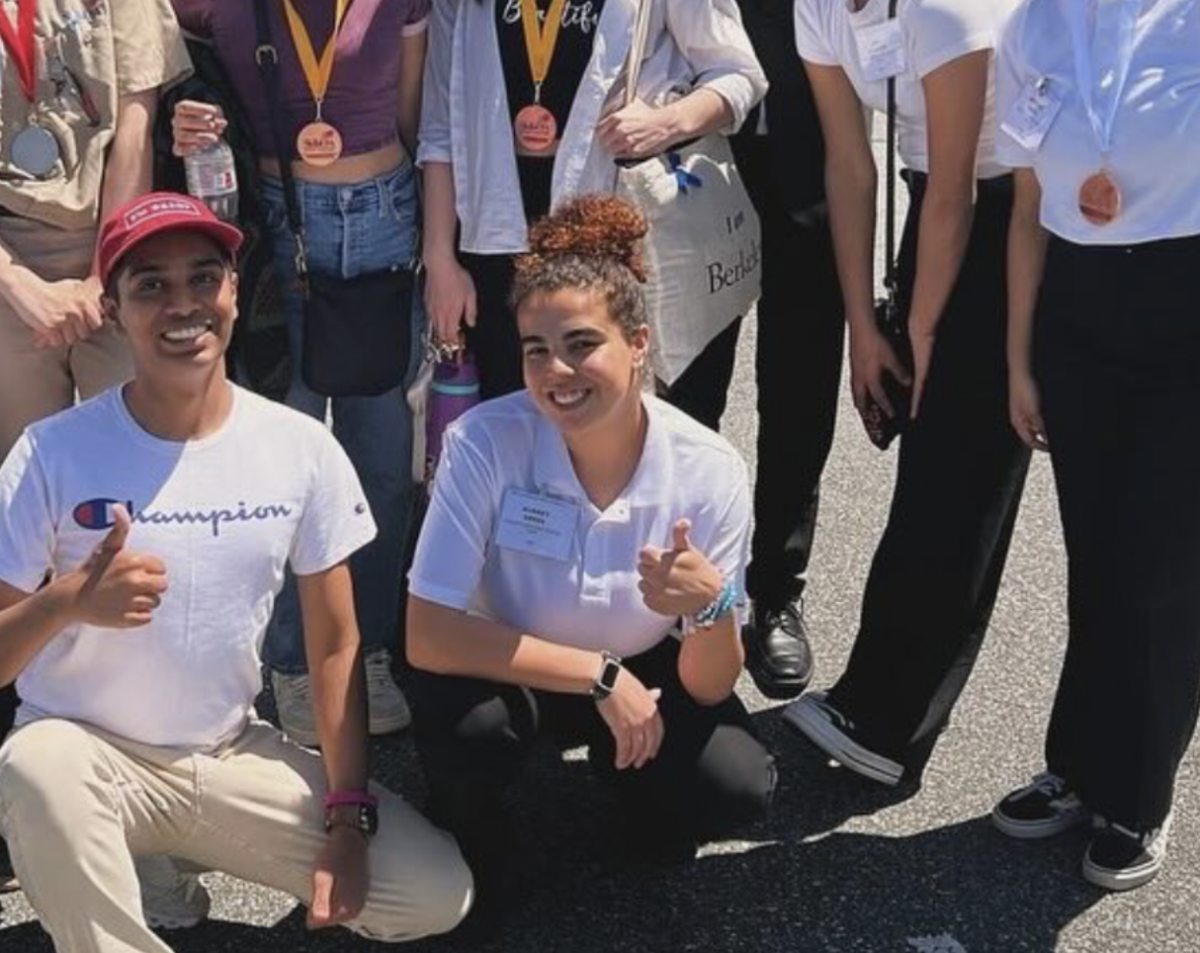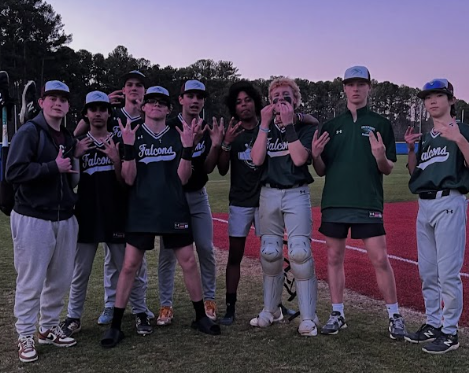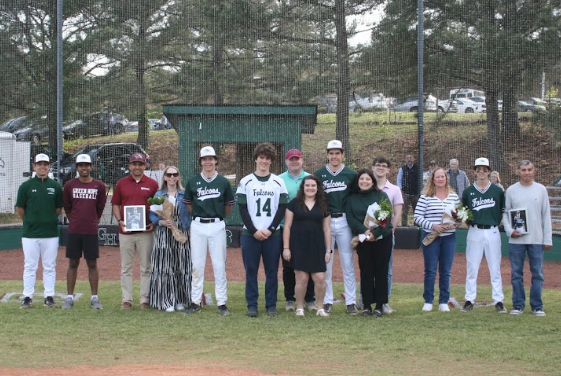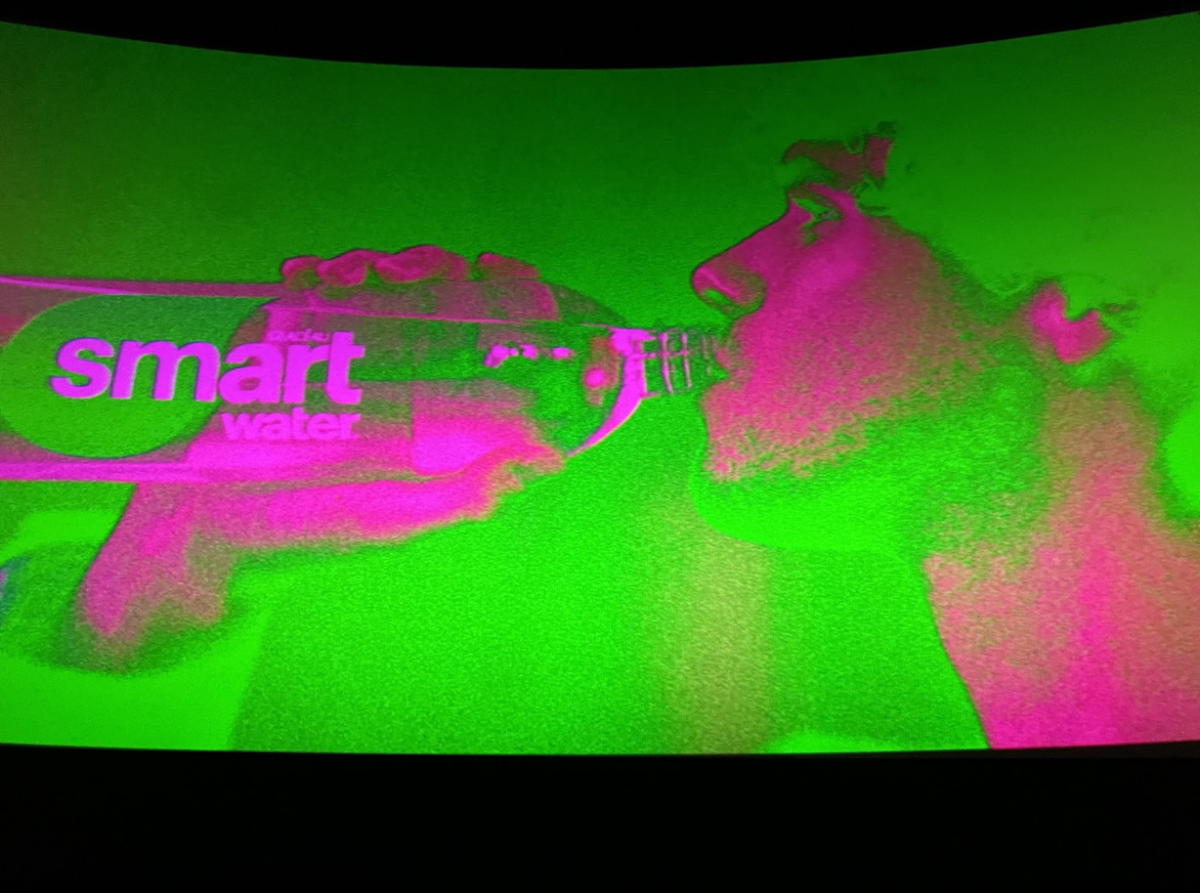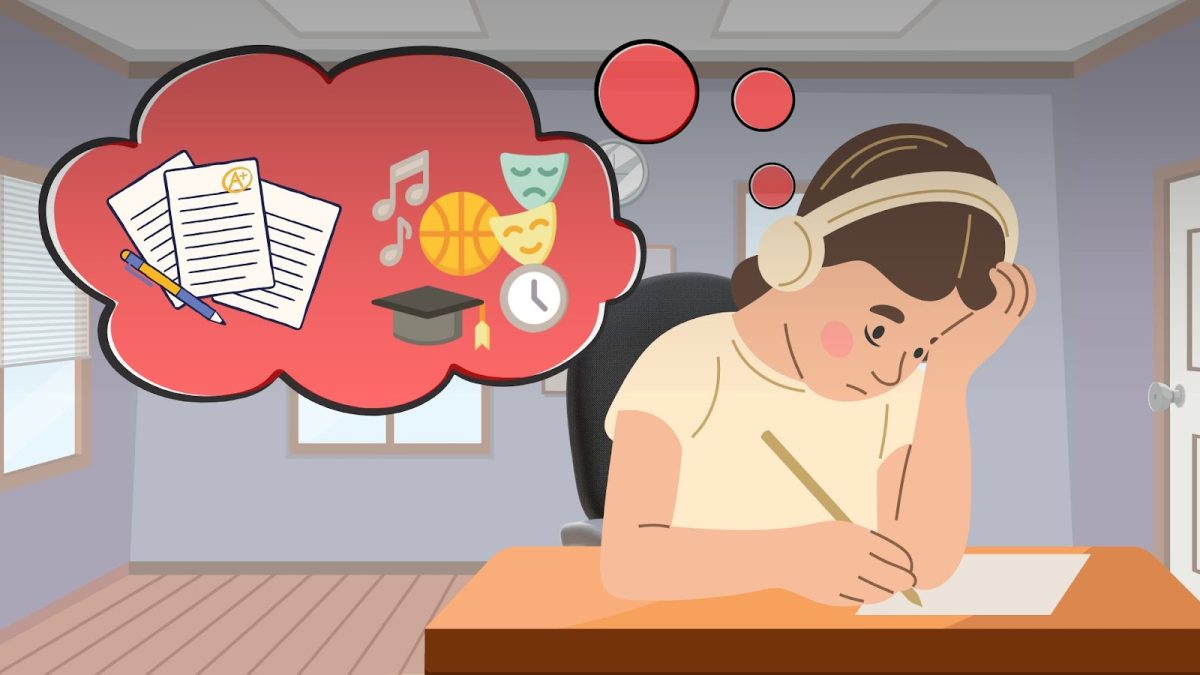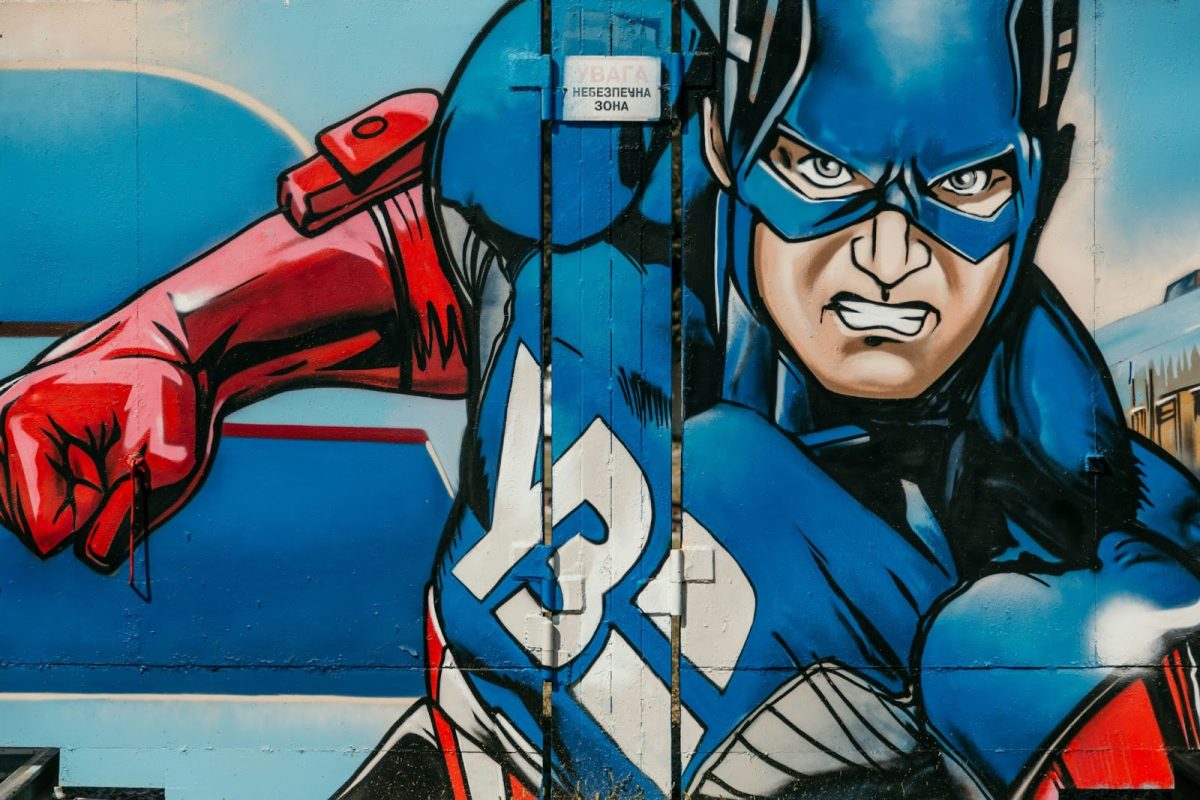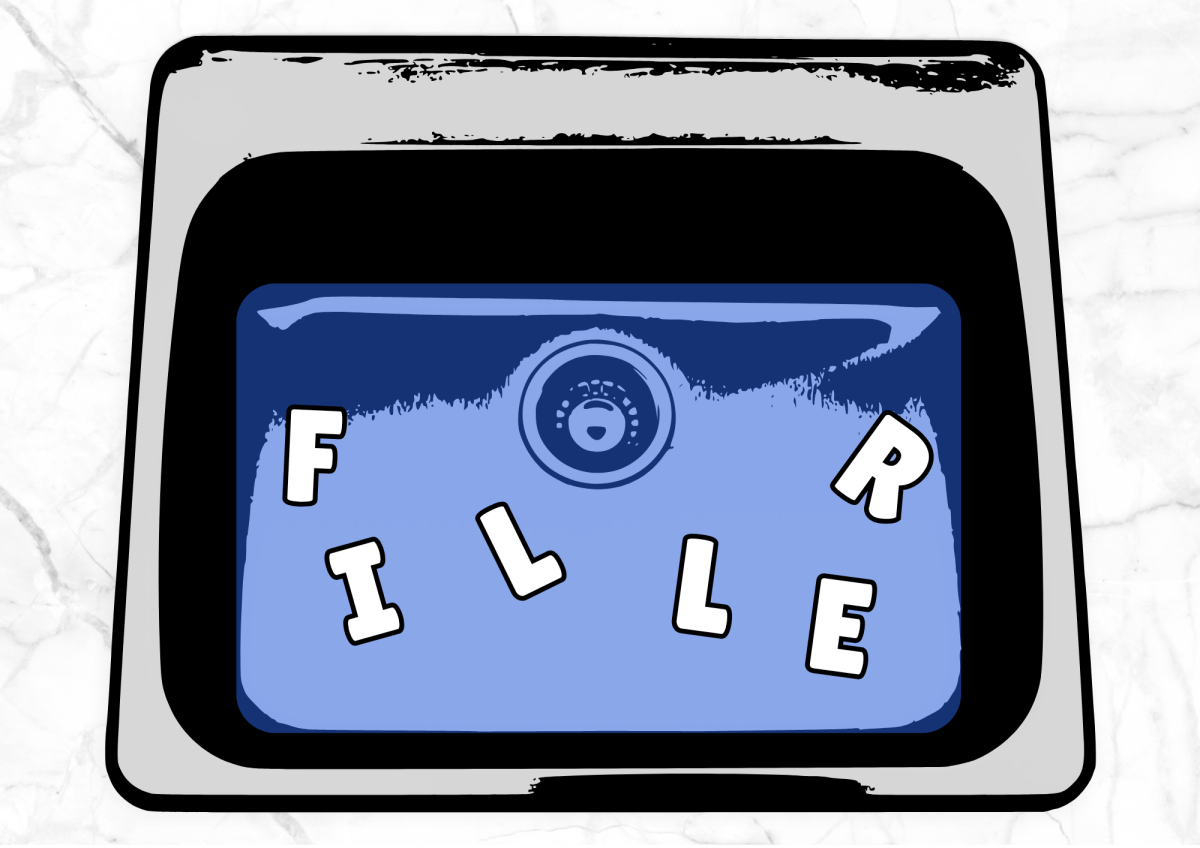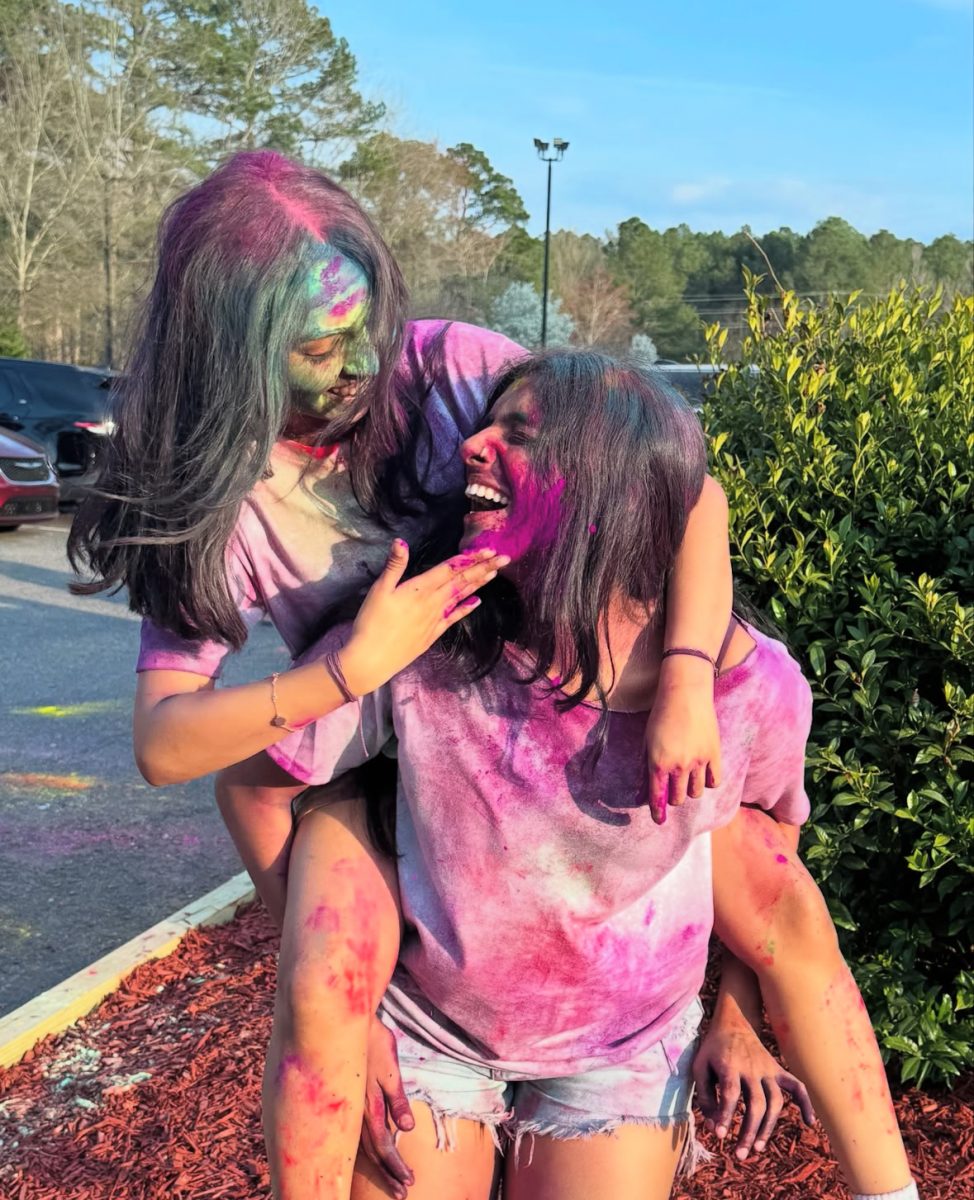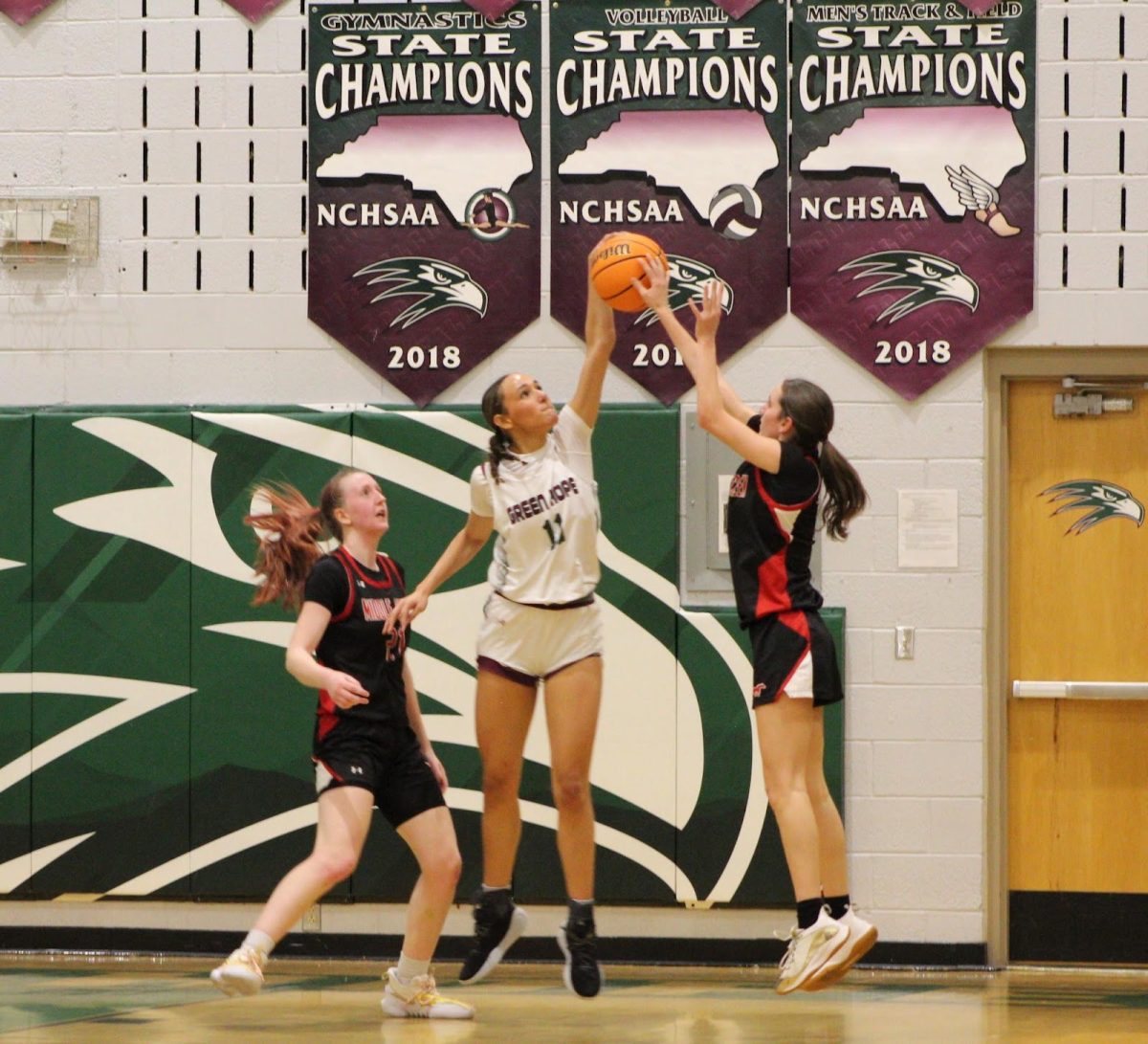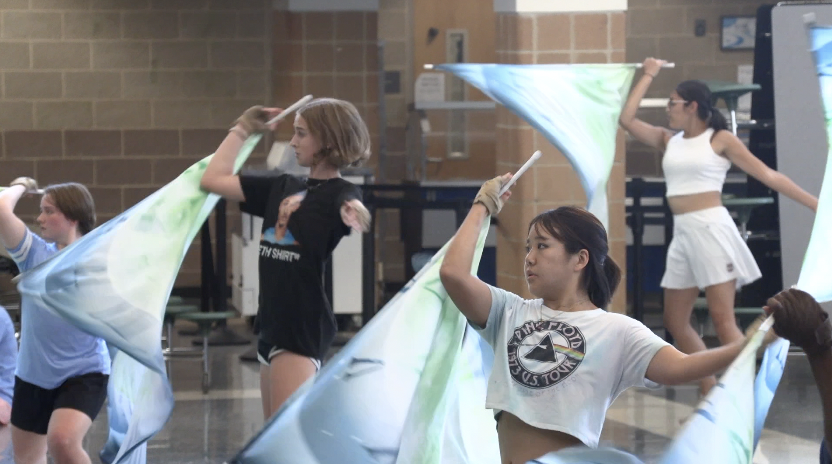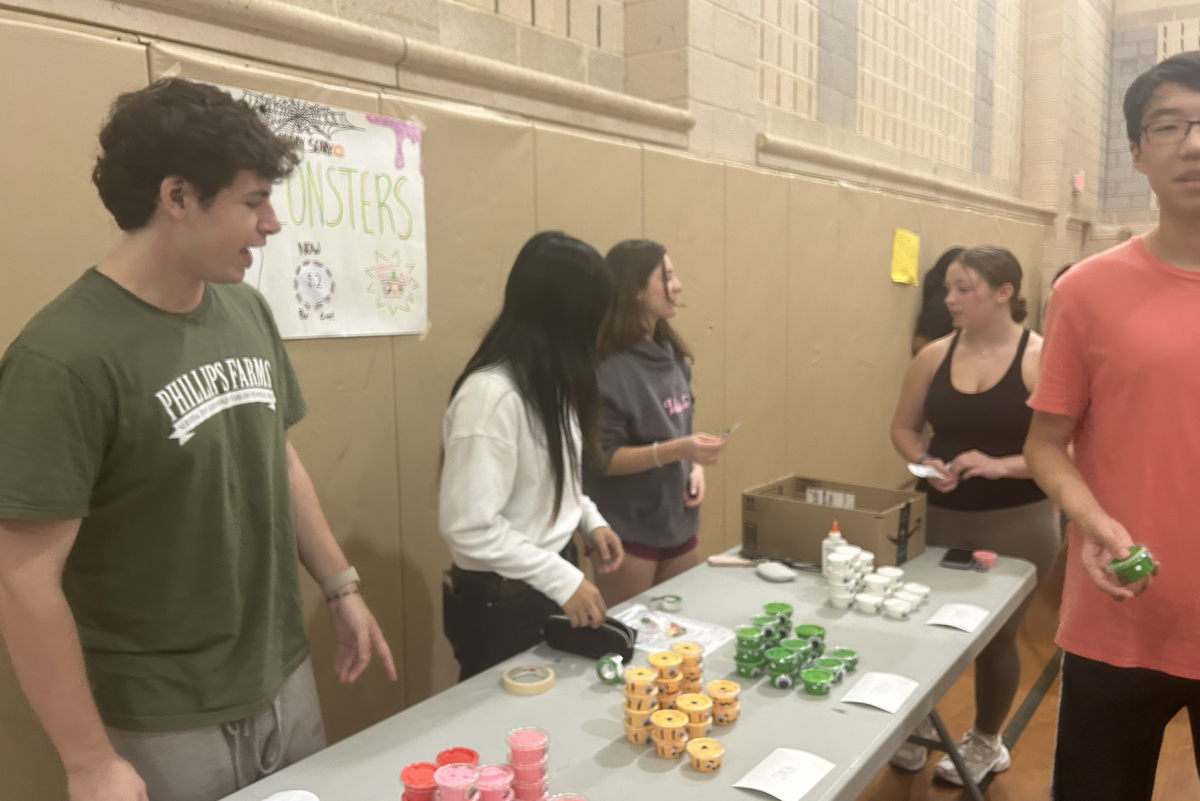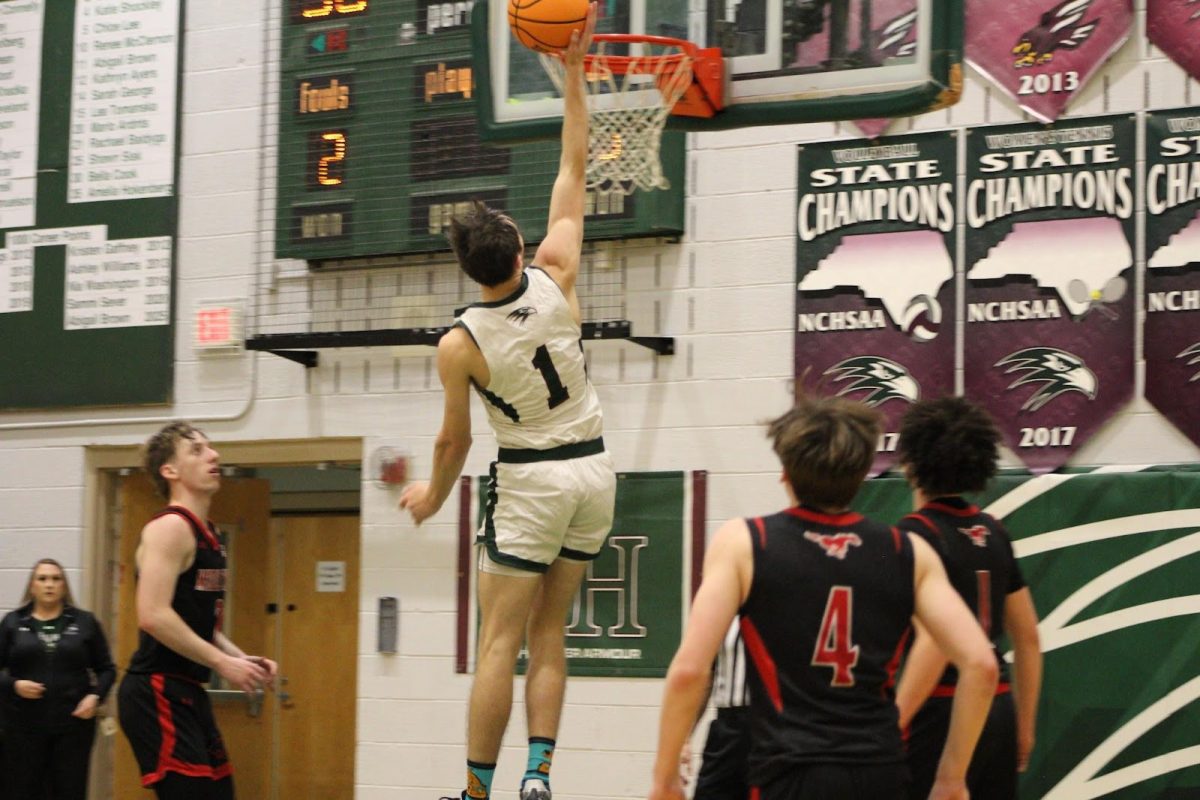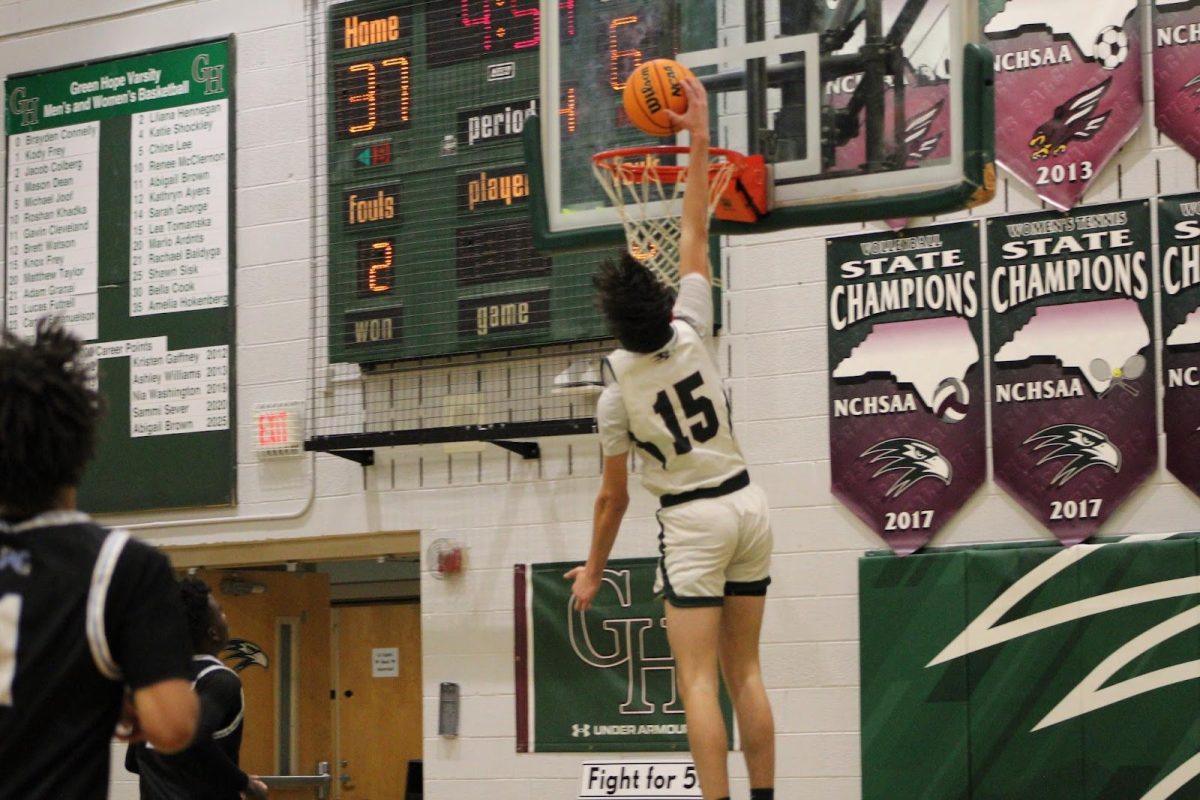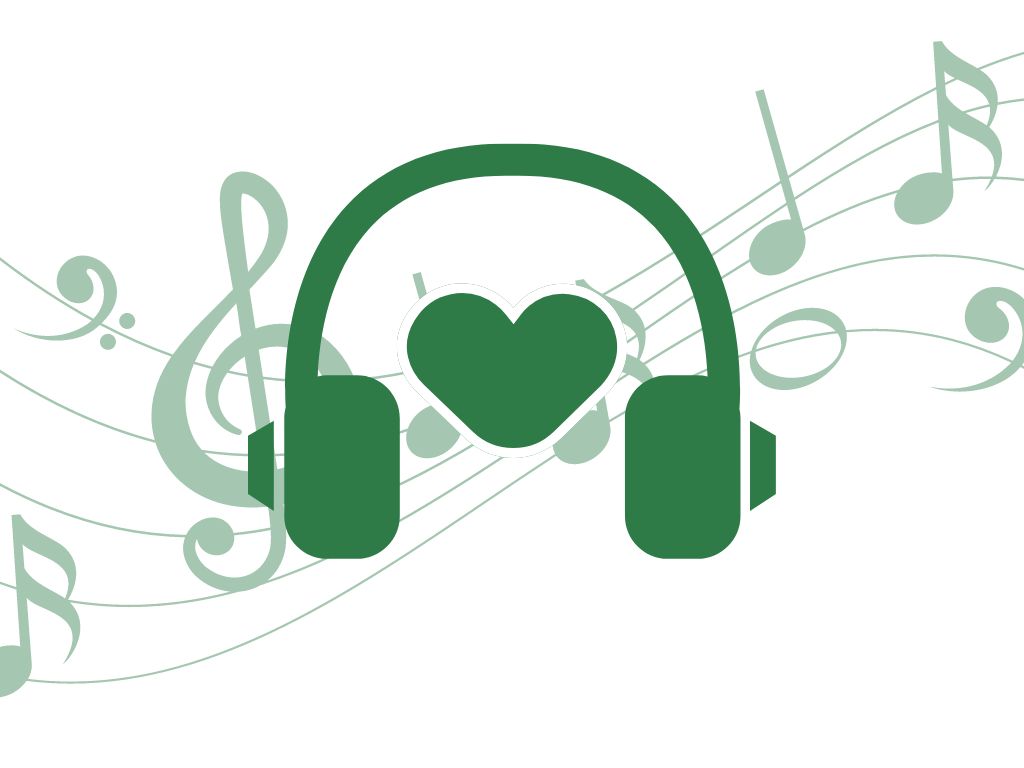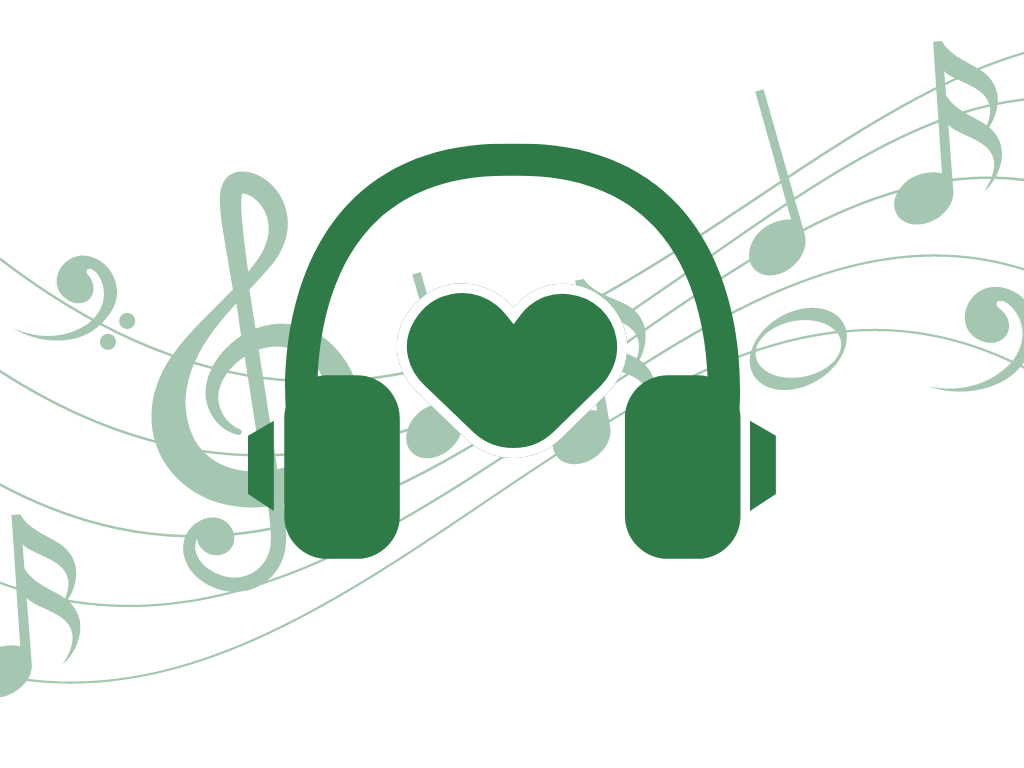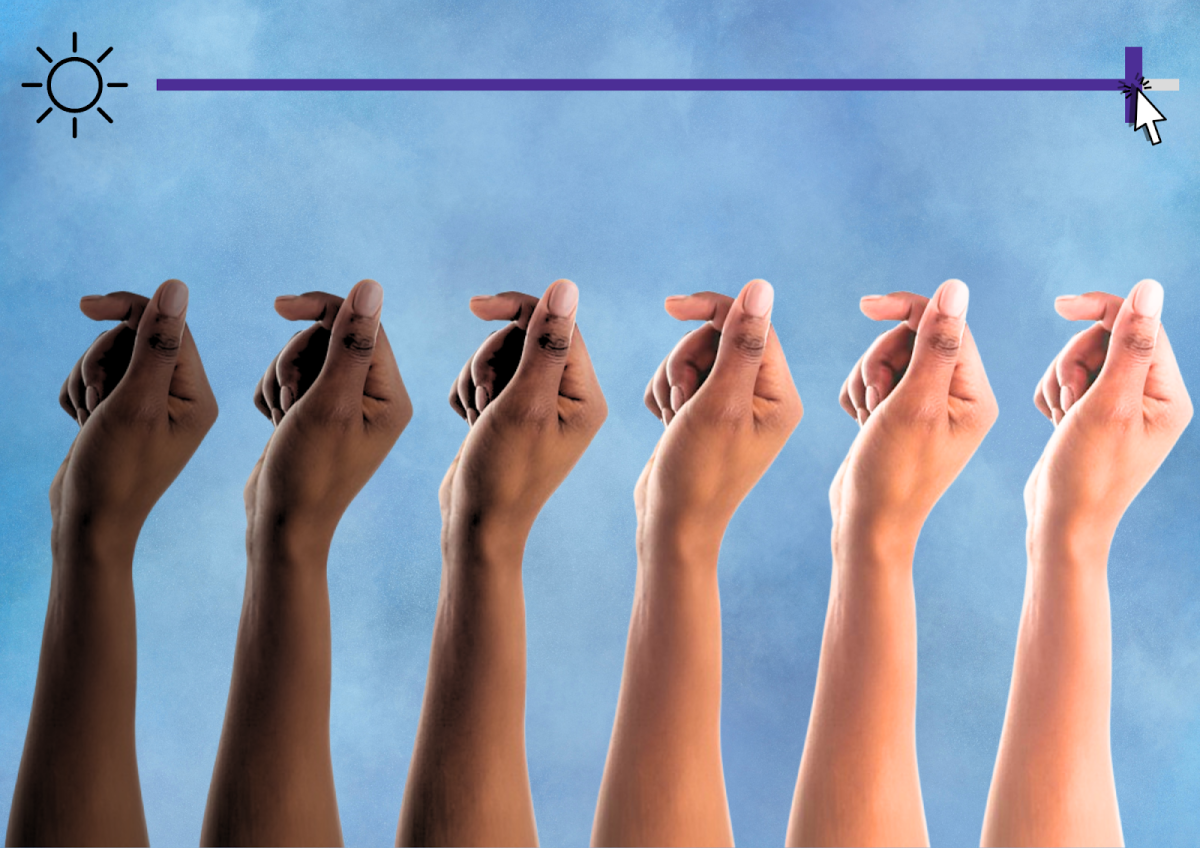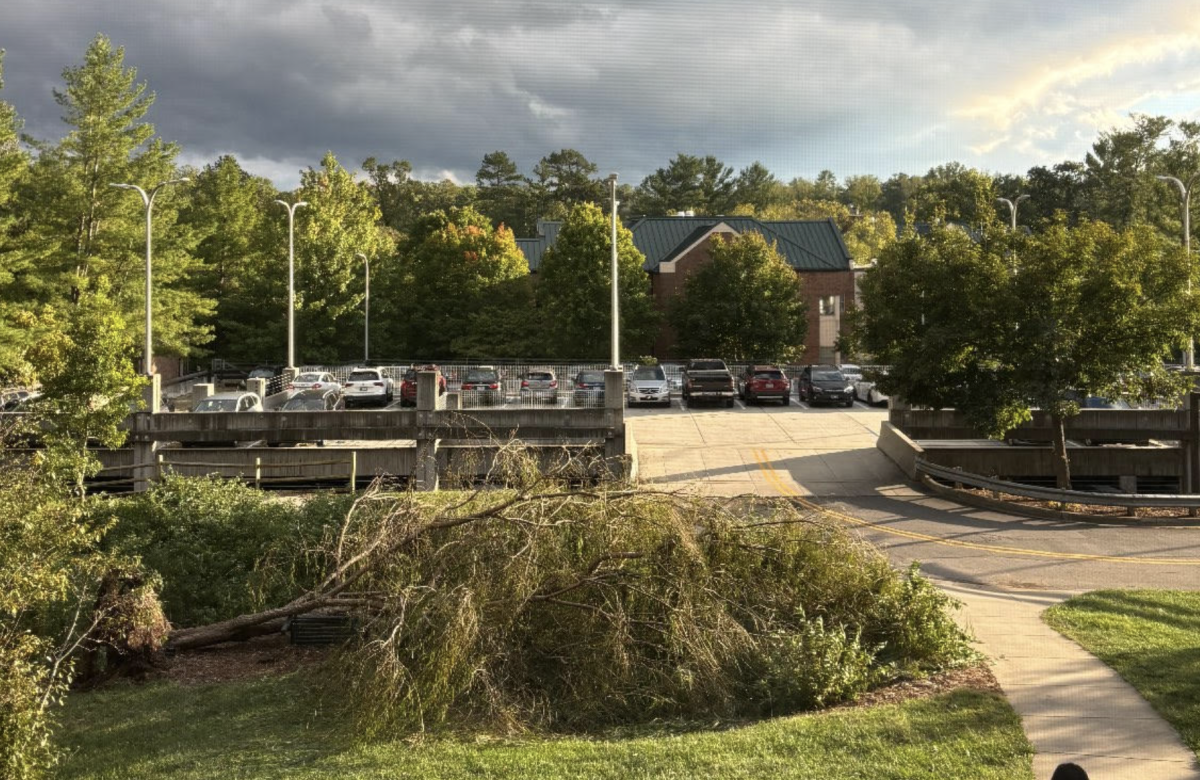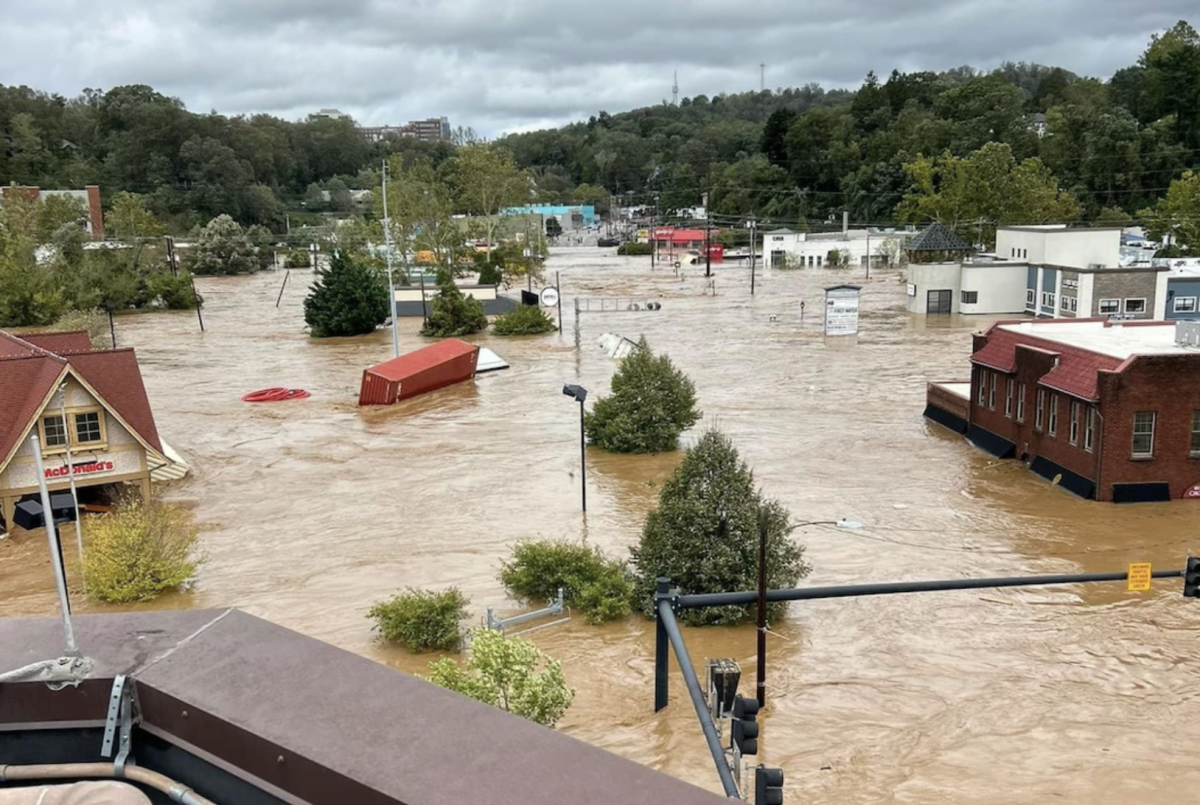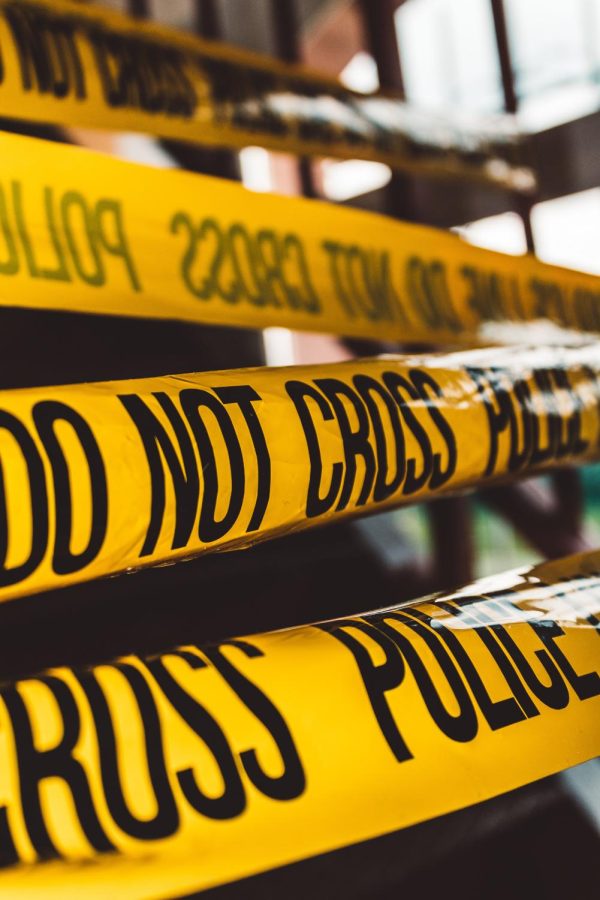Increases in Gun Violence Reflect Social Anxiety
April 27, 2022
Recent shootings in California, South Carolina and D.C. have proven to be part of a larger trend of increased gun violence throughout the United States.
On Friday, April 22th, alleged gang member Smiley Martin, fired in California’s capital city. The shooting occurred on a crowded Sacramento intersection leaving six dead and 10 injured. Similarly, a South Carolina mall experienced a mass shooting on Easter, leaving nine people shot and six injured. 21-year-old Amari Sincere-Jamal Smith turned himself in after authorities obtained arrest warrants. Smith, along with two other men, were charged for aggravated assault and attempted murder. The mall shooting shocked the public creating an environment of distress on Easter. The holiday is valuable to many Christians symbolizing the resurrection of Jesus and for such a tragic event to occur on a day of peace was jarring and had unsettled many. Washington D.C. also experienced a shooting this past Friday as a gunman open fired at a school from a building across the street. He was discovered to have a sniper-esque set up in the room from which he was shooting. The incident wounded four people and sent both the school and neighborhood into fear and chaos.
In particular, these three instances along with many others fall under the umbrella of mass shootings. According to the Congressional Research Service, mass shootings are defined as “multiple, firearm, homicide incidents, involving four or more victims at one or more locations close to one another.” The last spike seen in these shootings occurred in 2019, slowing down in 2020 due to the national lockdown and transfer from in-person activities to virtual. However, in recent years, the pattern of shootings has been on an upwards trajectory, leading many to ask “why?” A New York Times article concurred that this may be due to the distresses of the pandemic along with police disputes with the public among recent years. It stated, “Besides
Covid and police brutality, the country’s increasingly polarized politics and poor economic conditions have also fueled this discord.” Due to the stress and disruption of ordinary life, many blame COVID-19 for both increased gun violence and overall violence in the United States. The numbers back up this theory. In fact, 2022 gun violence statistics show that mass shootings have led to nearly 158 deaths since January. According to an article by The Conversation, gun violence has also shot up by 30% since the first year of the pandemic in addition to gun sales.
The effects of mass shootings go way beyond lives lost and people injured. These shootings create and charge emotional turmoil. Johns Hopkins concluded that effects caused by mass shootings may include “depression, anxiety, trauma, post traumatic stress disorder, intrusive thoughts, sleep problems, and personality changes.” In combination with COVID-19, gun violence is insinuating even more paranoia within the people surrounding it. It can be life-altering to those that live through or even hear about it on the news.
Gun violence has always been an issue, but with the increased distress in society, its effects on the public have been much more prominent. COVID’s contributions to this issue have been visible in both the people’s demeanor and the recent statistics. These numbers display a clear pattern of negative societal change and the increase these changes have on gun violence.

